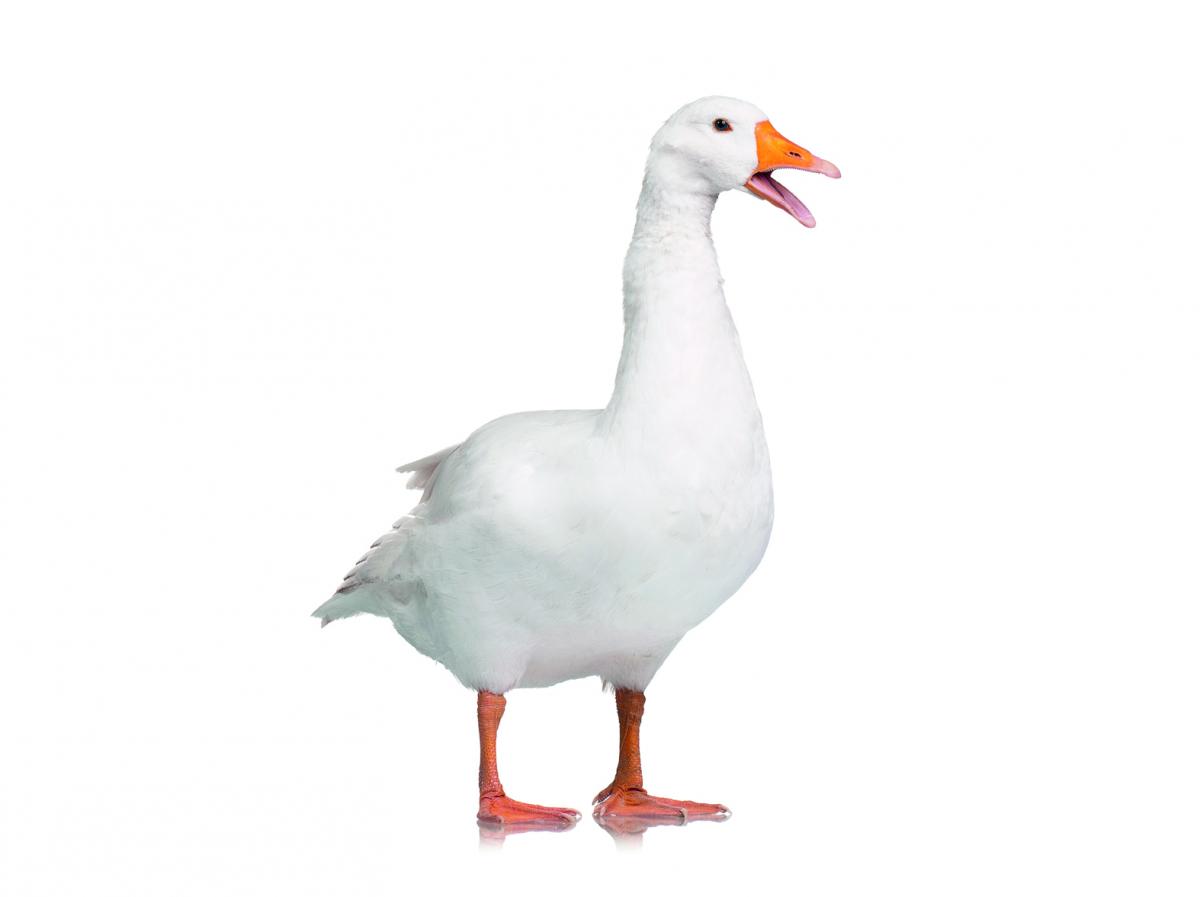


By Ben Fitzgerald
 Imagine that you’re a goose, just hanging out at the farm - occasionally flapping your wings and hissing at strange dogs, that sort of thing.
Imagine that you’re a goose, just hanging out at the farm - occasionally flapping your wings and hissing at strange dogs, that sort of thing.
Then suddenly, out of the blue, Mr Farmer begins being really nice to you. And I mean really nice.
Instead of scratching around for whatever grain you can find, you are being brought food twice a day - loads of it - and he’s good enough to feed it directly to you using some form of funnel arrangement.
You might just begin to suspect something is up…
However, geese tend to have a carefree ‘live for the moment’ sort of attitude to life, they are among the least suspicious of all farmyard animals and chug the grub down like a student at an ‘eat-as-much-as-you-physically-can’ buffet.
The idiots.
The controversial process of gavage - or fattening results in the goose developing a hugely enlarged liver - a key step in the production of the iconic French delicacy foie gras.
The method was first discovered by ancient Egyptians who during an idle moment between pyramid building - found that waterfowl developed large, fatty livers to help fuel them during migration.
They replicated this by hand feeding the geese to produce a fattier bird - and it turned out that the result was delicious and well worth all the faffing about.
Paintings and carvings from the walls of 4,000 year old tombs in the Valley of the Kings are thought to depict this.
The idea spread throughout the Mediterranean and was adopted by the Greeks.
But it was the Romans who were the ones to make foie gras into a delicacy in its own right - although they didn’t call it that because they always found French a real struggle and quickly gave it up to do Latin and PE at A-level.
After the Roman Empire descended into chaos - it was thought that the Jewish population kept the tradition alive in Europe throughout the Middle Ages.
Not only did it provide an important source of fat that conformed to their religious restrictions - it was also found to be really delicious.
And then during the Renaissance, nutty Louis XIV ‘the Sun King’ who demanded that everyone who looked at him should squint as if they were actually looking at the Sun (instead of a wig-wearing inbred fruitcake) decided that he was also partial to a bit of foie gras.
And because he was surrounded by sycophants, they all copied him - agreeing that artificially enlarged goose liver was also their favourite food and always had been.
Since then, and despite the protestations by vegetarians and other groovy people that the constant feeding is a cruel way to produce food (I’ve always thought that if geese could talk, it would be the killing bit that would irritate them most) foie gras has continued to maintain a dedicated fan base - despite being deeply unfashionable - in much the same way as Status Quo has.
